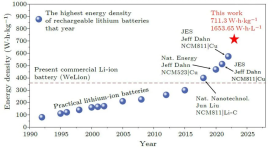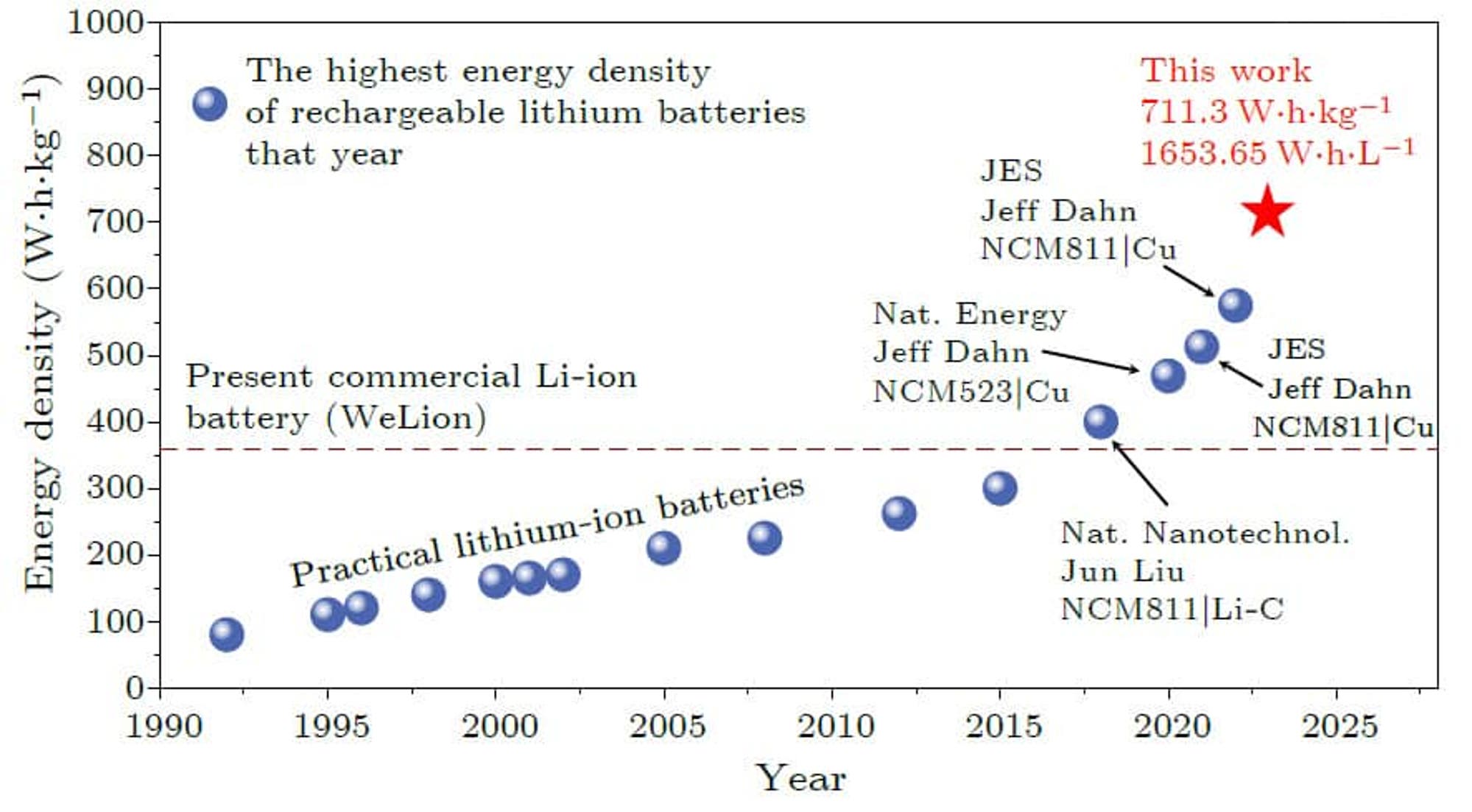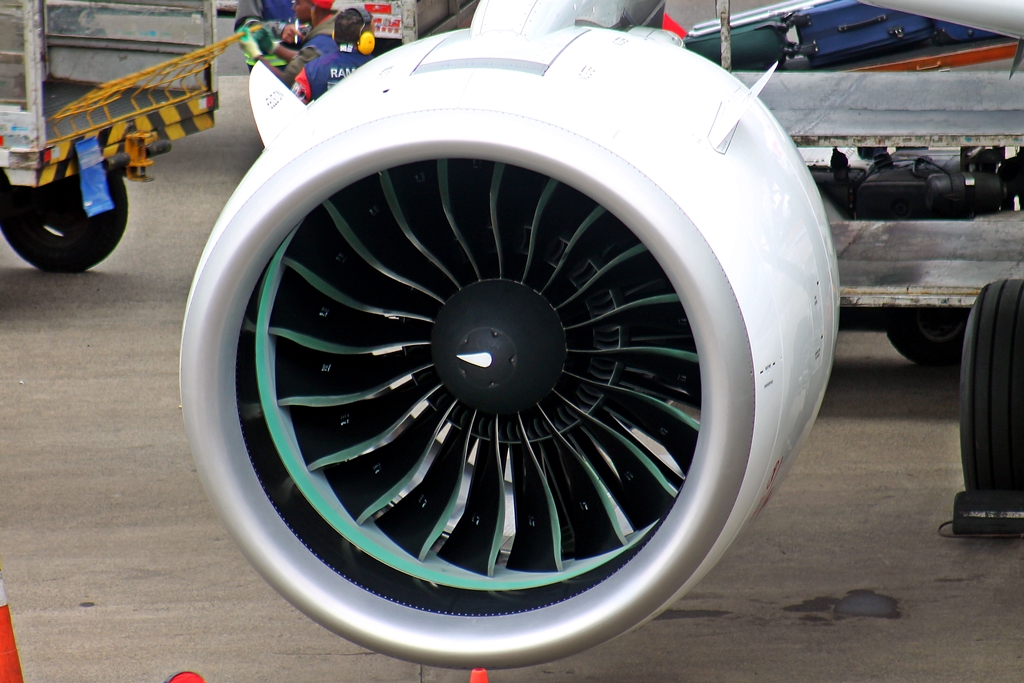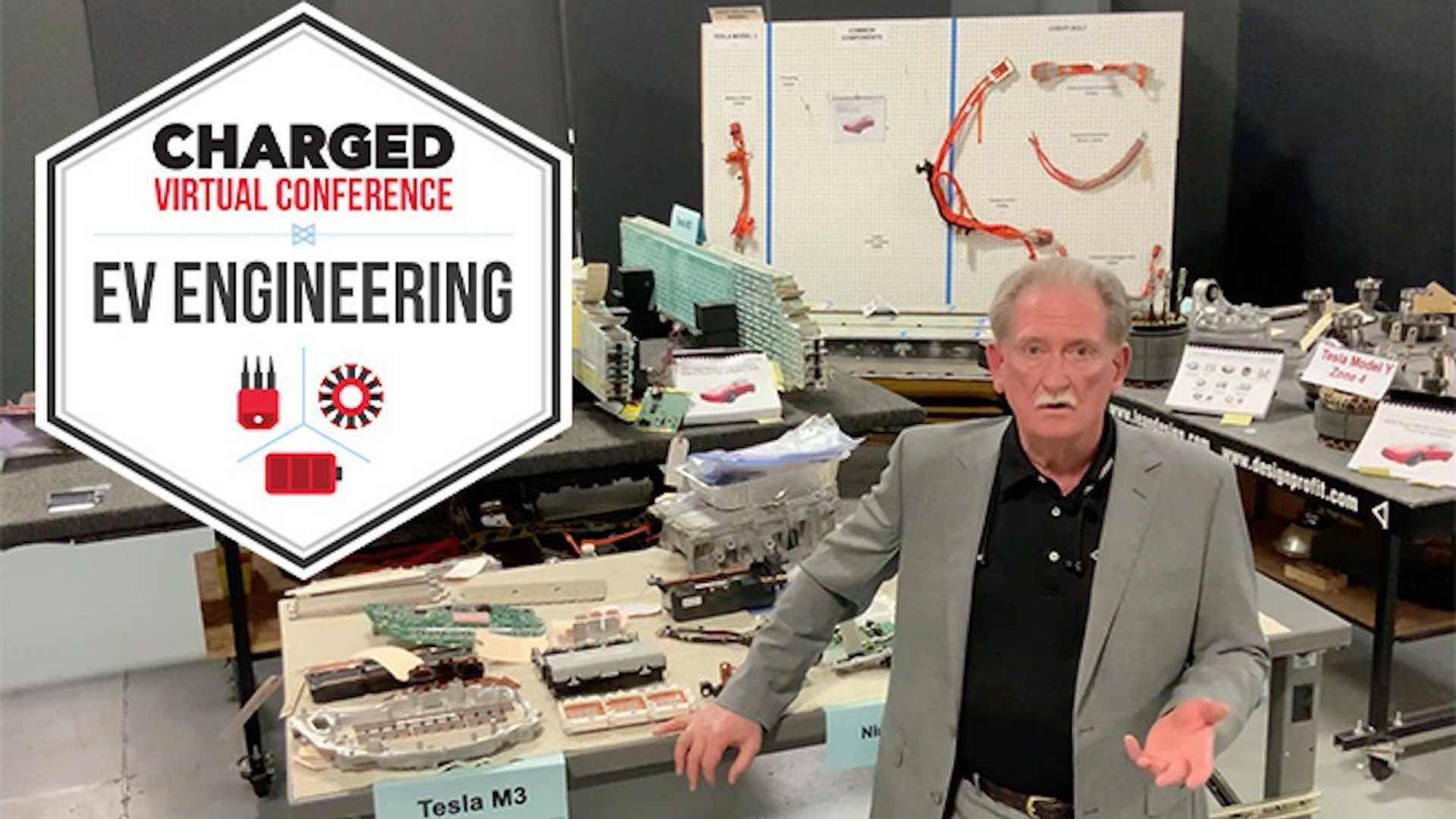Hillhater
100 TW
Even at a genuine 500wh/kg ( cell level ?) ….whilst a good improvement ……it is still many orders of magnitude short of being a viable alternative for flight power of commercial aircraft compared to current liquid fuels.

 cleantechnica.com
cleantechnica.com
OK, i sse your point on detail of “order of magnitude”… but with avgas at 11,900 Wh/kg, and commercial aero turbines at 35% overall efficiency , that implies an effective output of 4,168 Wh/kg Used.Order of magnitude is in most circles a 10x. At roughly 6.8 lbs/gallon for kero and efficiency hit of 30% (Max) we are nearing 1/6 in a reuseable energy store. Certainly a ways to go, but a big step if it pans out and it does look to be able now to take up much of the shorter run apps in this space depending on costs.
“Tell them they are dreamin’”I bought a 50pack of AA batteries that were on special the other week at ALDI for $3 AUD... so that's 6 cents per AA cell... If the raw materials to create that AA cell still earned the cell makers some money then it just shows you how cheap making a mass-produced battery can be... A 18650 cell is about x3 bigger than a AA battery, so if we can even get sodium-ion 18650 cells one day for anything close to 18 cents per cell, then that is a night and day difference than what we see today with lithium-ion cells.


 cleantechnica.com
cleantechnica.com
You are still comparing produced energy from FF, to CELL LEVEL theoretical energy.4168 / 711 = 5.86A bit Closer than most think.
…How much does a 25 MW electric motor weigh ??… And how much would a suitable 25 MW inverter weigh ??
….i have a good idea of the answers, …do you ?
And for some reason you wish to eliminate the possibility that the airframe can also be used to house cells and use weight figures from obviously overweight older land based packs? Stunning!As for weights, aero fuel tanks are conventionally an integral part of the airframe
As for weights,
…How much does a 25 MW electric motor weigh ??…

Unless there is some other unforseen change in tech, all multi cell systems seem to be composed of “packs” for multiple reasons..ease of connectivity, cooling, mechanical support, quick exchange, etc etc.And for some reason you wish to eliminate the possibility that the airframe can also be used to house cells and use weight figures from obviously overweight older land based packs? Stunning!
? I see the site and the motor you referenced, but i dont see the weight specified anywhere ?The TM21-G. One example data point. An industrial motor designed for power industry use ( power generation plants) .
23000kW. 7,715 lb (3,500 kg) 2 meters by five meters. Built heavy for industrial use. ( look at it. )
[/URL]
I know the weight of the units. I told you the weight. 7,715 lb (3,500 kg).? I see the site and the motor you referenced, but i dont see the weight specified anywhere ?
So now we just need to find the weight of a suitable 25MW inverter to add.
OK, .. as this is so easy to do, how about some actual examples/ data (with references) ?I know the weight of the units. I told you the weight. 7,715 lb (3,500 kg).
For the inverter.. all that. Yes. We can build a "light enough for flight" inverter and motor, combo, that outputs more than a jet engine in less weight. This is not a problem. Any real good power industry engineer would tell you this. 25MW inverter? Lol hell we can build 100MW inverters.. easy.. ( 100 megawatt inverters).

AVGAS just holds to much energy to compete with. The energy density of the cell, vs the energy density of the fuel. Not gonna happen.
If You read the discussion, you might see that the low thermal eff of aero engines (35%) has already been factored into the comparison……yet the energy density of FF power is still MANY ORDERS OF MAGNITUDE greater than any current ( or proposed) electrical flight power system.On the other side, there's the abysmal thermodynamic efficiency of combustion engines that squanders most of the hypothetical energy density advantage of fossil fueled flight, plus engine cost, wear and complexity that make it inherently more expensive than electric flight and multiply maintenance/downtime.
I think at least some of us are likely to live until kerosene powered flight is reminiscent of carbide lighting or punched-card data today-- still existent, but borderline nonsensical historical tech.
We are talking reality and practicality , ( battery energy density ), not idealistic , non existant, dream tech !Wish the moderator would stuff all the FUD'sters posts in their own threads. Current land based systems are not good examples of what can be done long term with creative solutions.
If You read the discussion, you might see that the low thermal eff of aero engines (35%) has already been factored into the comparison……yet the energy density of FF power is still MANY ORDERS OF MAGNITUDE greater than any current ( or proposed) electrical flight power system.
Wishful thinking cannot overcome reality !

That certainly sounds very impressive, (it is a rendering ) especially as it claims to have incorporated ALL drive components ( including inverters ) into the 12kW/kg system !Interesting looking motor setup. 2.8 MW in a 220KG package. H3X | Electric Aircraft
